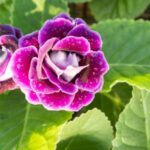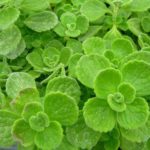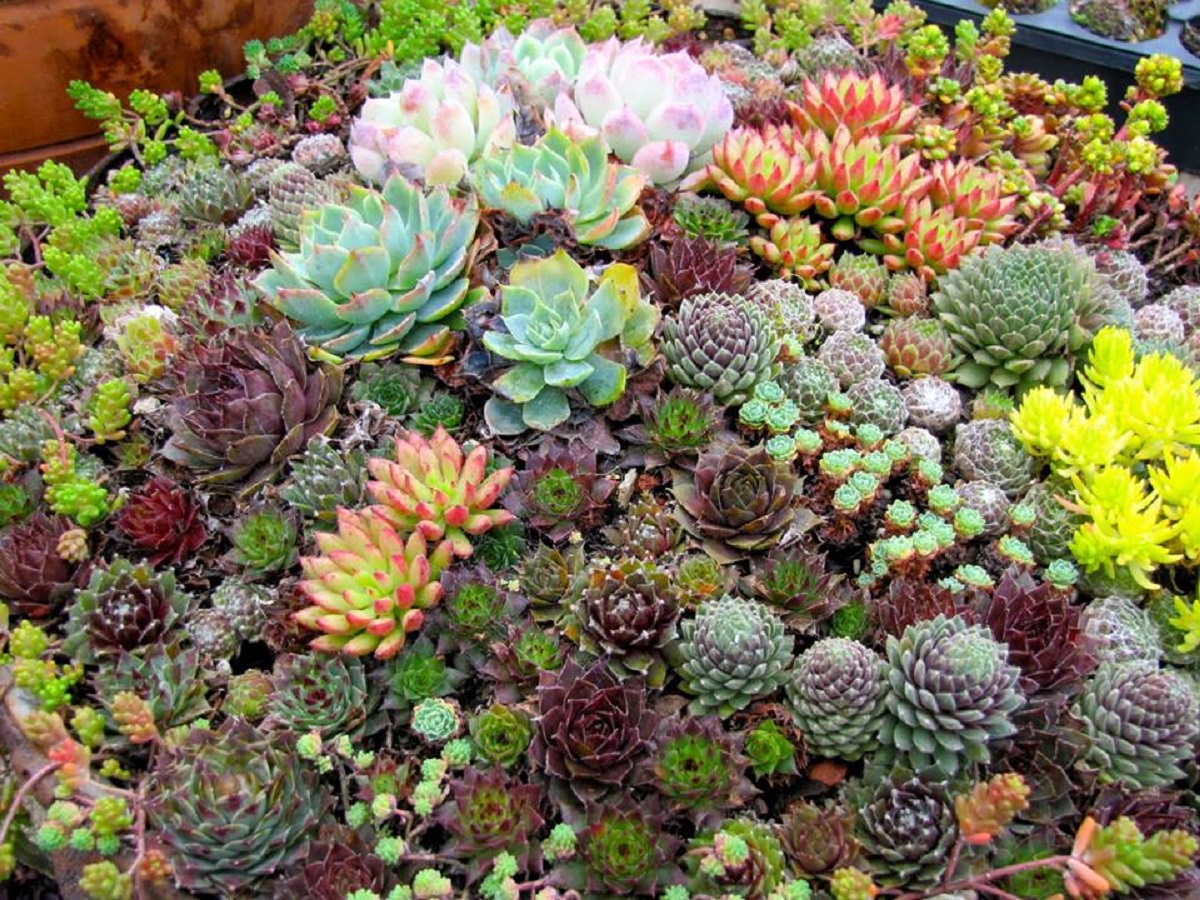
Echeveria, or sen đá in Vietnamese, is a beautiful and low-maintenance plant. However, not everyone knows how to care for it properly to keep it thriving and healthy over time. The following tips can help you achieve that.
1. Choose the Right Soil
Soil is the first and most important factor to consider before planting any species, including echeveria. Despite being a succulent with fleshy leaves, echeveria is susceptible to waterlogging and root rot if planted in soil that is too damp and doesn’t drain well. This can eventually lead to the plant’s death.
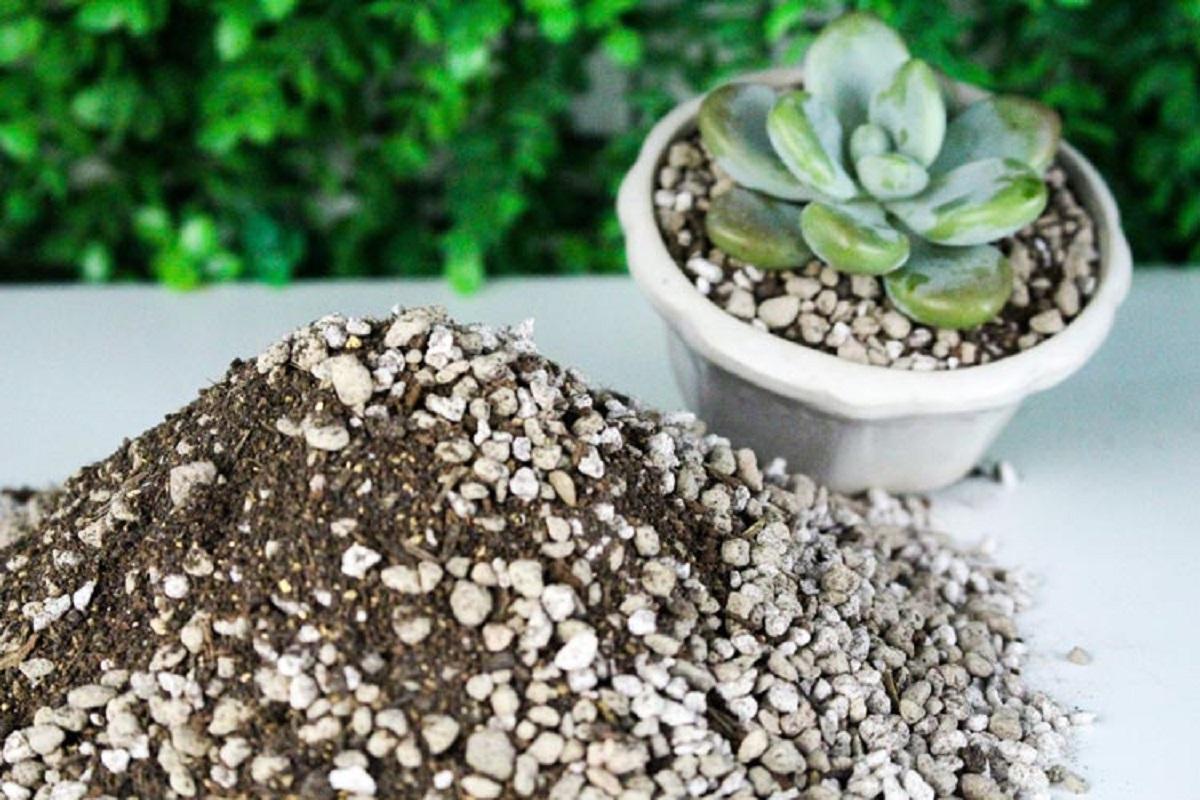
The ideal soil for echeveria should be well-aerated, fast-draining, nutrient-rich, and suitable for the plant. You can use a mixture of sandy soil, compost, and rice husks, or a combination of coal ash, earthworm castings, perlite, charcoal, and pumice stone.
2. Water Properly
Echeveria requires frequent watering to ensure its growth, keeping its leaves plump, promoting faster growth, and preventing wilting. However, it’s crucial to water it correctly to avoid waterlogging, which can be detrimental. Water your echeveria only when the soil is dry, preferably in the early morning, avoiding harsh sunlight or late evenings, as this may harm the plant.
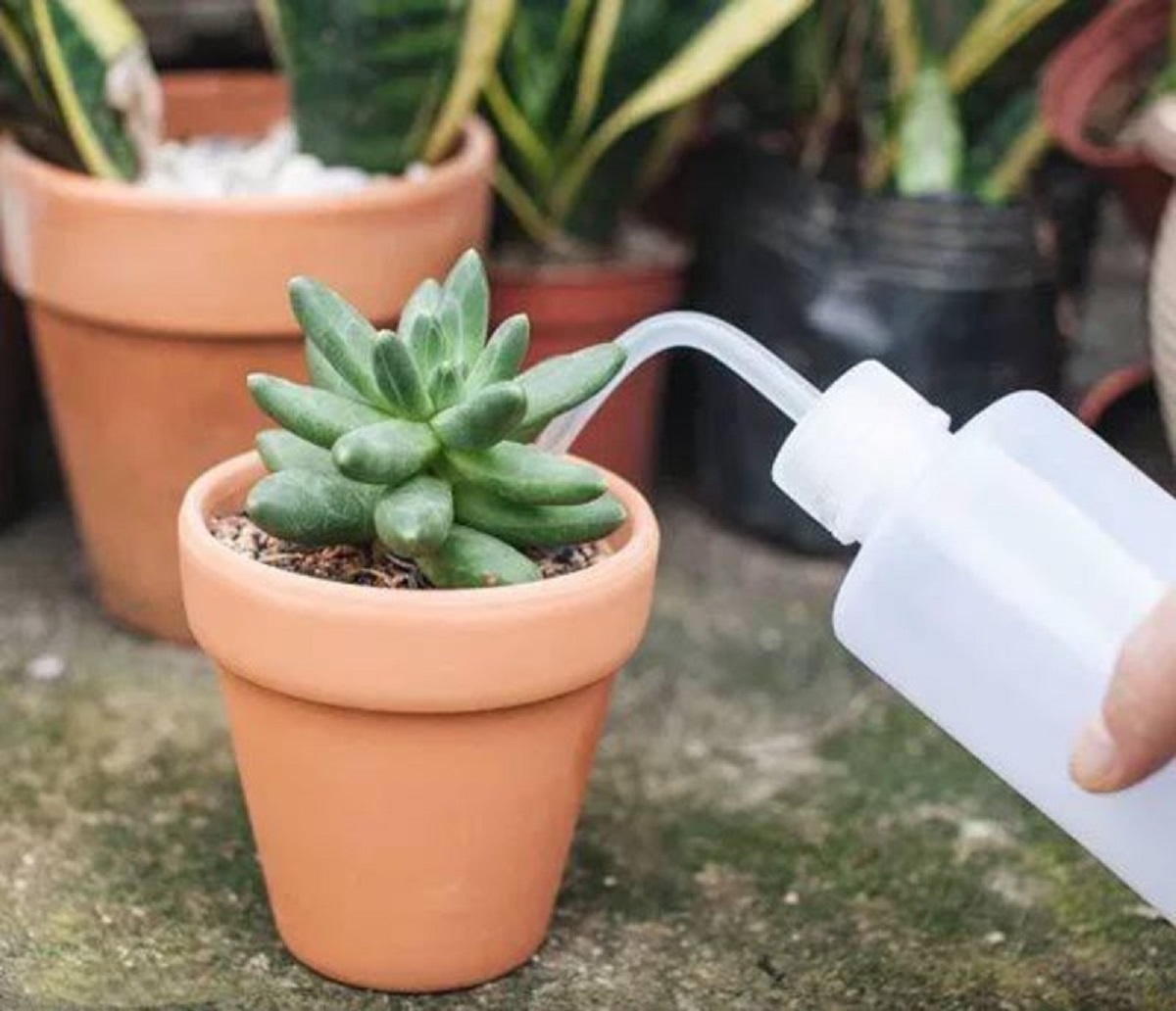
Maintain a watering schedule of every three to four days, and always water directly onto the soil, not on the plant itself. By observing the plant, you can determine if it has received too much or too little water. Excess water will cause the leaves to turn soft and yellow, while a lack of water will result in wrinkled, lifeless leaves.
3. Provide Adequate Light
Like most plants, echeveria requires sunlight to photosynthesize and grow. Insufficient light will hinder its development, causing the plant to wither, drop leaves, and eventually die. On the other hand, too much direct sunlight can result in darker leaves that are prone to sunburn and a loss of vitality.
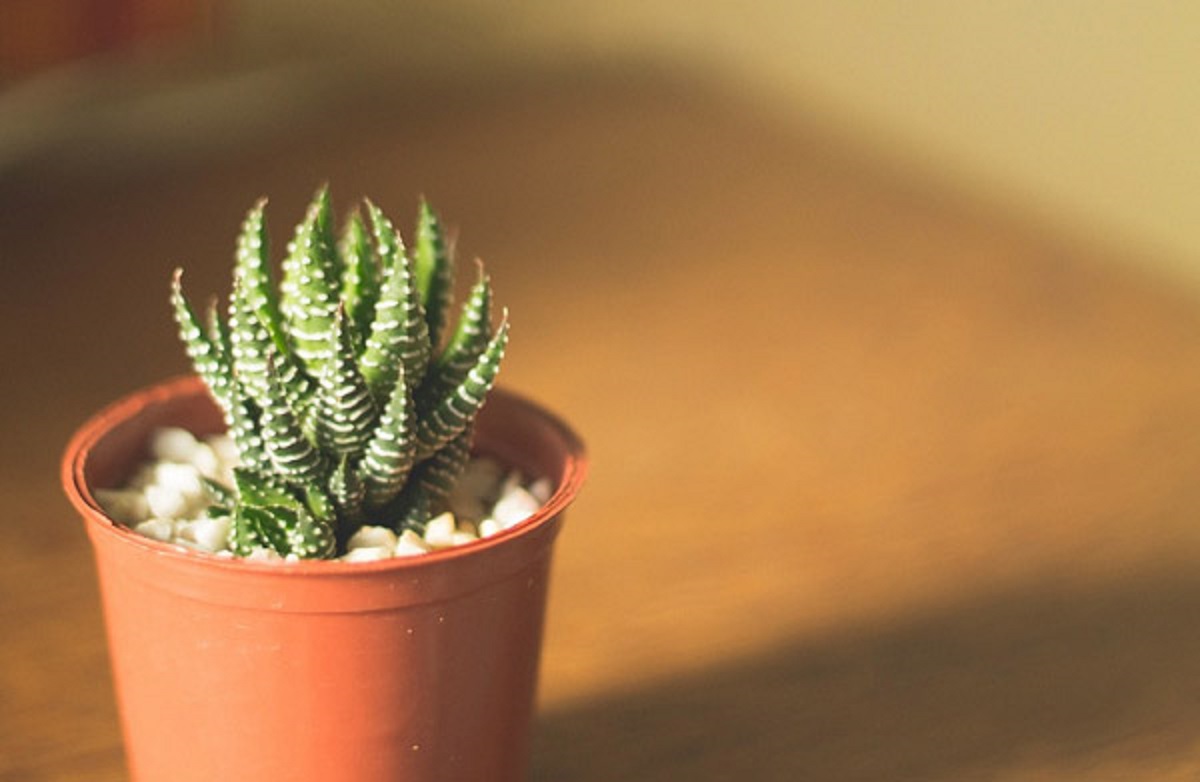
It is recommended to expose your echeveria to sunlight three to four times a week, for no more than five hours each time, to enhance its photosynthetic activity. Avoid excessive sun exposure, especially during the summer, as the intense heat can scorch the leaves and harm the plant.
4. Provide Essential Nutrients
Echeveria is generally easy to grow and not particularly demanding when it comes to nutrients, as long as the soil is of good quality and provides the necessary nutrients. However, to promote faster growth, stronger leaves, and resistance to pests and diseases, additional nutrients can be beneficial.
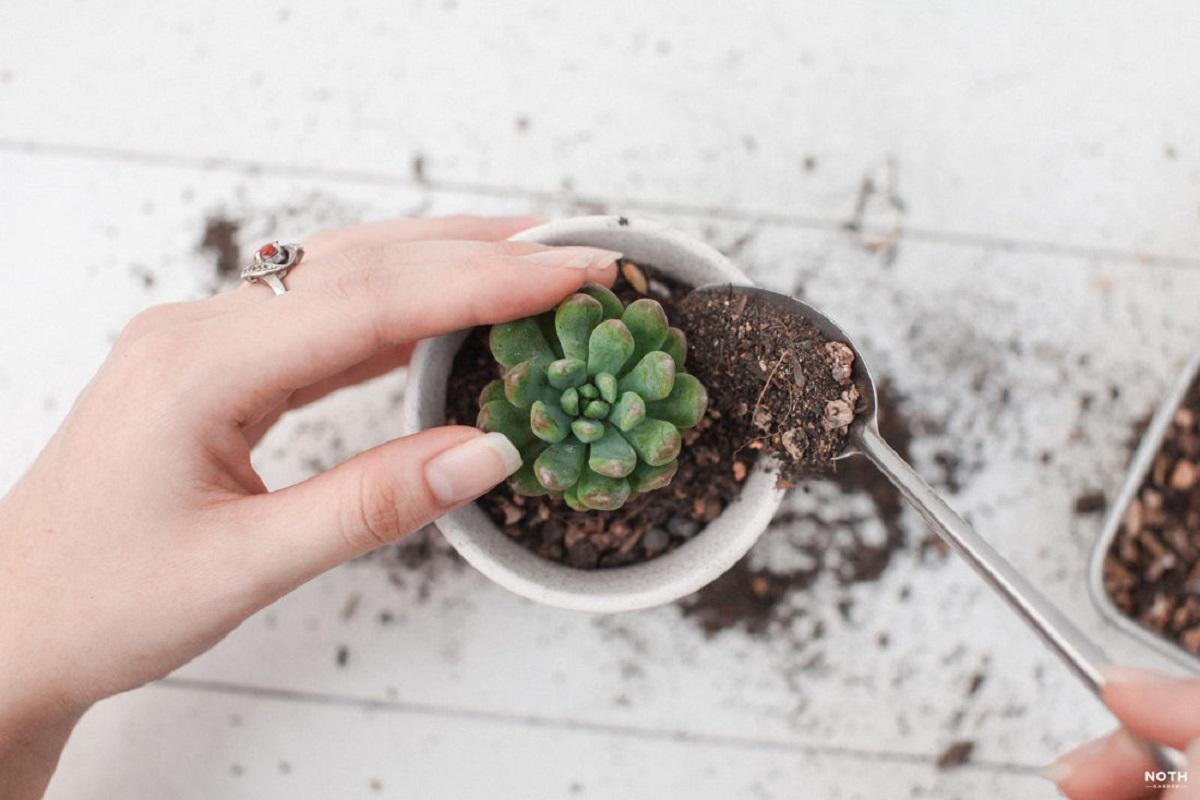
Using slow-release fertilizers or earthworm castings is an easy way to provide extra nutrients. For liquid fertilizers, follow the instructions on the package. Spring is the ideal time to fertilize echeveria to promote its growth.
5. Repot for Better Growth
Like most plants, echeveria will eventually outgrow its pot and require repotting to continue thriving. The best time to repot is during early spring or summer when the weather is still cool, minimizing stress on the plant. Before repotting, withhold water for a few days to let the soil dry out, making it easier to remove the plant from its old pot.
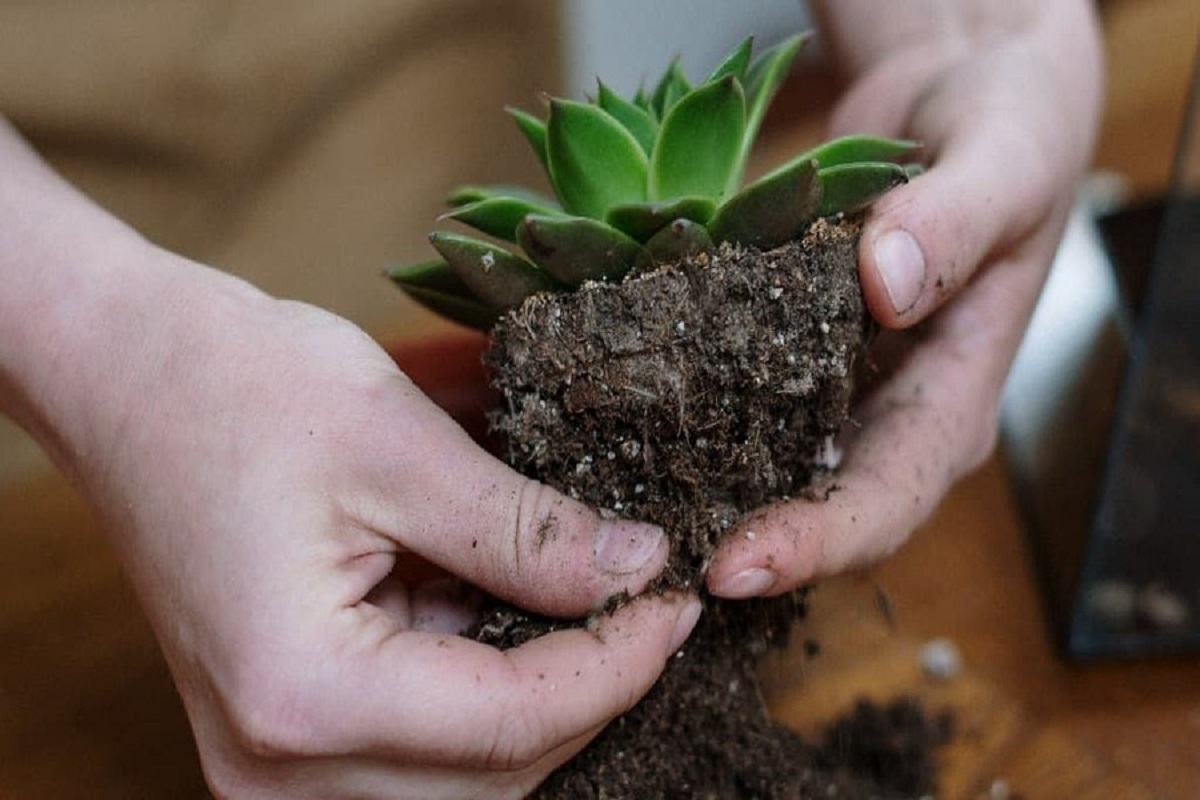
When repotting, handle the plant gently to avoid damaging its roots. If you notice any old, decayed roots, trim them carefully. After repotting, place the plant in a cool, shaded area, and resume watering after five to seven days.
The Fragrant Lotus Tree: Significance, Pictures, and Easy Home Gardening Tips
The Lotus Flower Tree is a popular bonsai species that captivates many with its delicate beauty and enchanting fragrance. With its unique appeal, this tree has become a sought-after addition to indoor spaces, bringing a touch of nature’s serenity to any room. In this introduction, we will delve into the distinctive features, benefits, and cultivation methods of this enchanting tree, offering a comprehensive guide to unlocking its full potential as a captivating indoor plant.


























